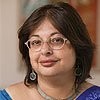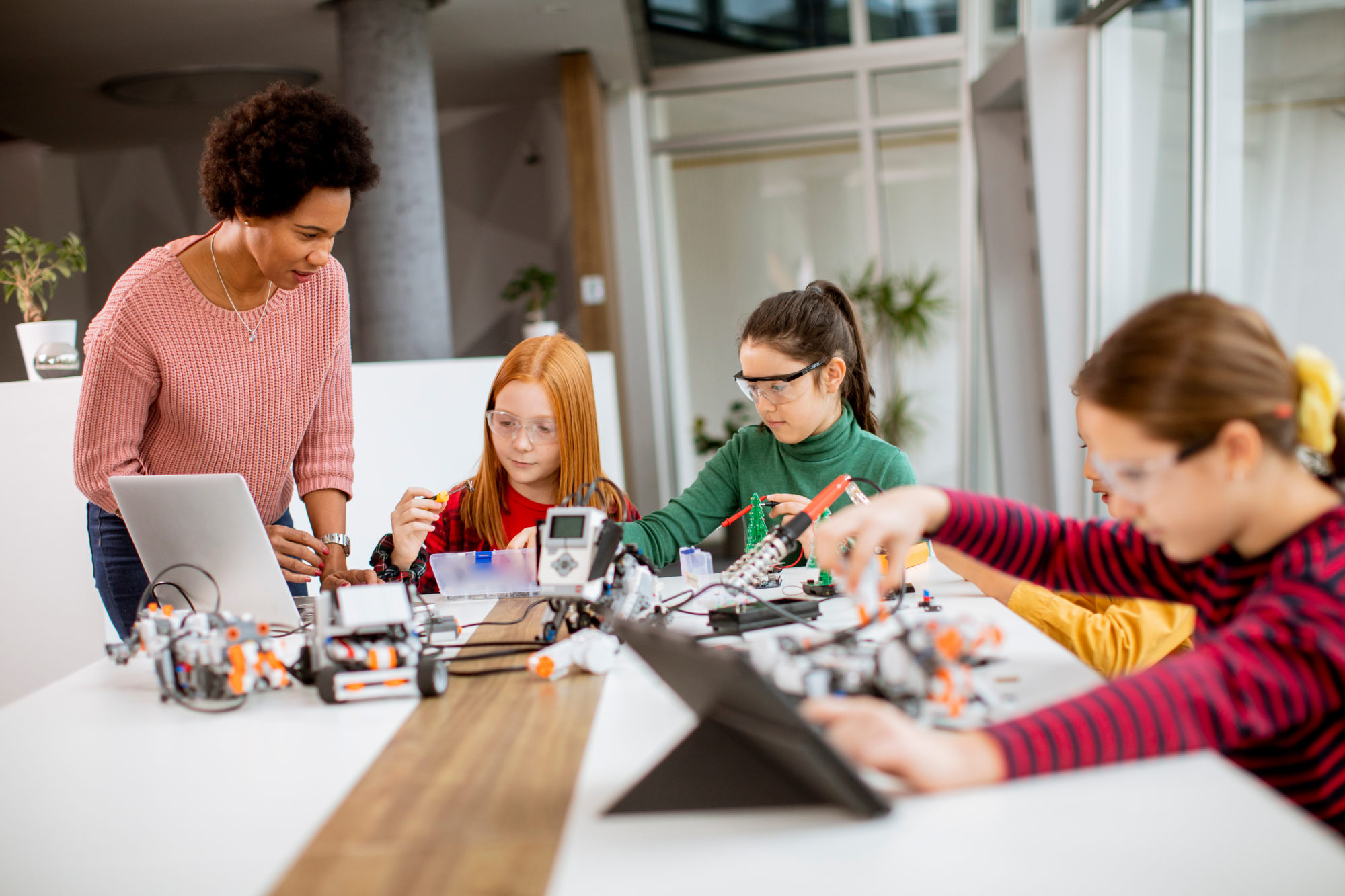By Shalini Advani
There is an odd schizophrenia about working in an International Baccalaureate school in India. In contrast to working within the majority of schools following the national curriculum (with its focus on content restricted to the contents of a single textbook and on rote learning), it is a delight to have access to resources, good staff–student ratios and creative pedagogy which places the learner at the heart of the process.
However, India is a country of vast economic disparity and while there are wealthy private schools that follow the national system, the gap between IB schools and those attended by underprivileged students seems unfathomable. There exists therefore a lurking sense of guilt in the mind of most IB educators about not doing enough for the children of the poor, who deserve to have better opportunities. Generally, only the poorest children attend state schools which are usually characterised by insufficient resources, unimaginative teacher-directed learning and a near absence of student voice.
Supporting change
In September 2021, the government of the state of Delhi took a bold decision to affiliate a number of its government schools to the IB, seeking to close the gap in access to high-quality learning. As Delhi’s Chief Minister Mr Arvind Kejriwal said, “Till now, we have seen two kinds of education systems around us, where a child from a poor family would study in a government school and a child from a well-off family would go to a private school. Now Delhi government’s new agreement with IB will narrow this gap and children from the poorer section of the society will also get quality education which is important for eliminating poverty in our society”.
So when my school, Pathways School Noida, received a request to help introduce Delhi government teachers to the IB Middle Years Programme (MYP) we were delighted to leap in to help. Our initiative preceded the formal training that the IB itself conducts. It demanded a lot from our teachers who volunteered. They needed to understand where to begin, conduct sessions after school hours and during the Diwali mid-semester break, and review lesson plans and classroom activities. I felt proud to see the enthusiasm with which they embraced the process.
The challenges schools face
And so began a heart-warming journey together. As a first step, seventy teachers from government schools across the state walked into Pathways with a mixture of excitement, befuddlement and even cynicism. They began by expressing reservations about this initiative working. They had seen governments come and go they said, but there had been little change in education.
Their students did not have much access to technology, they reminded us. Physical education teachers said they lacked playing areas. Most of all they couldn’t accept a curriculum based on concepts rather than progressing from Chapter 1 to 2 to 3 of the textbook. While their subject content knowledge was not fundamentally different, they found it difficult to imagine planning learning around a big idea or statement of inquiry rather than content material that was formally taught by the teacher.
Rethinking learning
Fundamental to the IB MYP is the idea that knowledge is not a fixed and limited entity. Instead, learners are encouraged to ask questions, make connections and find interdisciplinary links which go beyond the textbooks to construct meaning for themselves. An understanding of this requires not only rethinking the curriculum but also the classroom environment. What happens to traditional classroom discipline when learners get into discussions with each other? Or add their own observations to enlarge an understanding of what is being spoken about by the teacher? Would students lose respect for the teacher, they wondered.
Gradually our teachers helped them realign the entire curriculum so that it was vertically integrated and aligned across three years of middle school. We encouraged them to think about how to begin a new unit – jargon like ‘provocations’ to launch a new inquiry question began to be used, the importance of thinking routines to make learning visible was referred to. It took a while for them to understand that there is an epistemological difference between the teacher stating the topic and chapter for study at the beginning and instead, opening up a statement of inquiry for exploration of how it connected to their own lives. For instance, a chapter entitled ‘The Digestive System’ had little impact on learners’ lives, but a statement like ‘by understanding how our body systems function, people can learn how to make decisions for balanced and healthy lifestyles’ encouraged them to find out about what influenced their choice of food, the reasons for diet-related disorders or even the role of traditional belief systems about types of food.
Changing assessment
The hardest area to shift thinking on was assessment. In traditional systems, the ultimate power a teacher has is assessment – more specifically, tests and exams. The idea that students should be able to showcase their learning in different ways seemed strange. The MYP’s complex criteria-based assessment is challenging for teachers. Knowledge of pre-learnt content, which is the heart of traditional assessment, is only one criteria. Alongside content, students should be able to investigate patterns or design, or reflect on impact. With honesty, I can say that while our teachers took them through these categories it will probably require many months, if not years, of unlearning for the teachers to fully understand these.
Despite that, there was remarkable progress. As they began to see the flow of ideas that this pedagogy enabled, and the real-life connections that this promoted, the excitement began to bubble up. From the stiff and formal interactions with which we began, relationships began to build up, jokes were exchanged and common chords were struck.
Learning through a new lens
Our teachers got a new perspective too. For instance, it was salutary to be told that the UN Sustainable Development Goals had an entirely different weight in their own lives because their students were direct beneficiaries of these. One teacher said “You don’t have to tell us about the importance of eradicating poverty or zero hunger. Our children don’t need to do things for others. They themselves should be the recipients of the upliftment which the goals talk about”.
Overall it has been a humbling and valuable process for our trainers. Delivering training and teacher education always is. But the scale of impact, the possibility of transforming learning for thousands of underprivileged students, has made this into a magical experience – the kind that most educators can only dream about.
 Shalini Advani is the school Director of Pathways School Noida in India. Connect with Shalini directly on LinkedIn.
Shalini Advani is the school Director of Pathways School Noida in India. Connect with Shalini directly on LinkedIn.


